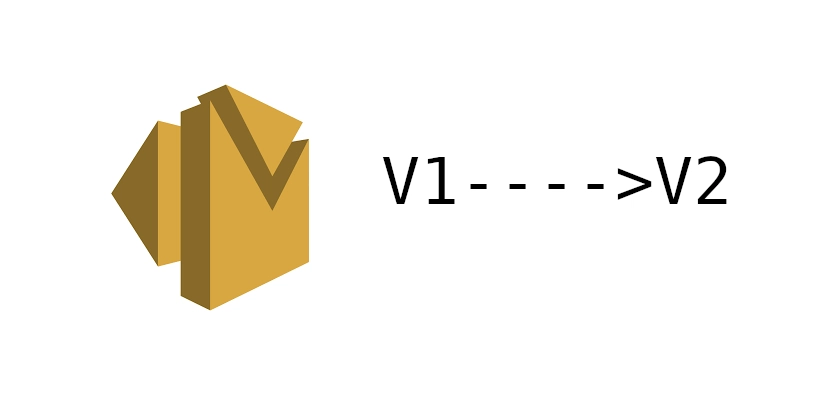
Frontend Developer vs. Frontend Engineer: Uncover the Key Differences in 2024
Confused about the difference between a frontend developer and a frontend engineer? You're not alone! In the tech world, job titles often overlap, leading to confusion. This guide breaks down the core differences, responsibilities, and skills needed for each role, helping you navigate your career path or hire the right talent.
What Does a Frontend Developer Actually Do?
A frontend developer is the bridge between design and functionality. They bring visual concepts to life, ensuring users have a seamless and engaging experience. Think of them as the architects of the user interface, focusing on the look and feel of a website or application.
Key Responsibilities of a Frontend Developer:
- Crafting responsive and accessible web interfaces.
- Turning UI/UX designs into functional code using HTML, CSS & JavaScript.
- Employing frontend frameworks like React, Angular, or Vue for efficient development.
- Ensuring websites work flawlessly across different browsers and devices.
- Connecting with backend APIs to dynamically display content.
- Collaborating closely with designers to realize the intended user experience.
In essence, a frontend developer ensures the website is visually appealing, easy to use, and performs well.
Peeling Back the Layers: The Role of a Frontend Engineer
A frontend engineer takes the responsibilities of a frontend developer a step further. They not only build the interface but also architect scalable systems, optimize performance, and tackle complex engineering challenges. They think about the long-term health and maintainability of the codebase.
Key Responsibilities of a Frontend Engineer:
- Designing robust and scalable frontend architectures.
- Mastering complex application state management using tools like Redux or Zustand.
- Conducting in-depth performance optimization using techniques like lazy loading and code splitting to ensure the best possible user experience.
- Implementing comprehensive testing strategies with unit, integration, and end-to-end tests.
- Proficiency with build tools like Webpack, Vite, and CI/CD pipelines for efficient deployments.
- Troubleshooting intricate issues like network problems, memory leaks, and performance bottlenecks.
- Implementing robust security to safeguard against vulnerabilities like XSS and CSRF.
A frontend engineer focuses on building efficient, scalable, and maintainable systems, thinking beyond just the visual appearance and functionality.
Frontend Developer vs. Engineer: The Key Differences at a Glance
| Feature | Frontend Developer | Frontend Engineer |
|---|---|---|
| Focus | User interface, visual design implementation | System architecture, performance optimization |
| Skillset | HTML, CSS, JavaScript, UI/UX principles | Deep JS knowledge, architectural patterns, testing |
| Responsibility | Building features, basic performance tuning | Designing systems, advanced performance tuning |
| Mindset | Task-oriented, focused on immediate needs | Long-term vision, scalability, maintainability |
This table highlights the core distinctions between the two frontend roles.
Why Understanding the Difference Matters
- For Developers: Clarifies your career path. Knowing the distinctions allows you to tailor your skill development. Aspiring to have a bigger impact on system architecture? Aiming for a frontend engineer role might be your next logical step.
- For Hiring Managers: Enables precise recruitment. Setting clear expectations ensures that you find the perfect fit for the specific requirements of the job at hand.
- For the Industry: Promotes team efficiency. Clearly defined roles foster better communication, collaboration, and overall productivity within development teams.
Level Up to Frontend Engineer: Your Path Forward
While the titles are often used interchangeably, particularly in startups, the defining factor is the depth of technical expertise and the level of architectural ownership.
Start by mastering the fundamentals of a frontend developer. As you progress, delve deeper into engineering principles, system design, and frontend architecture to transition to a frontend engineer role. The journey to becoming a frontend engineer is about more than just building; it's about crafting robust, efficient, and maintainable solutions.


